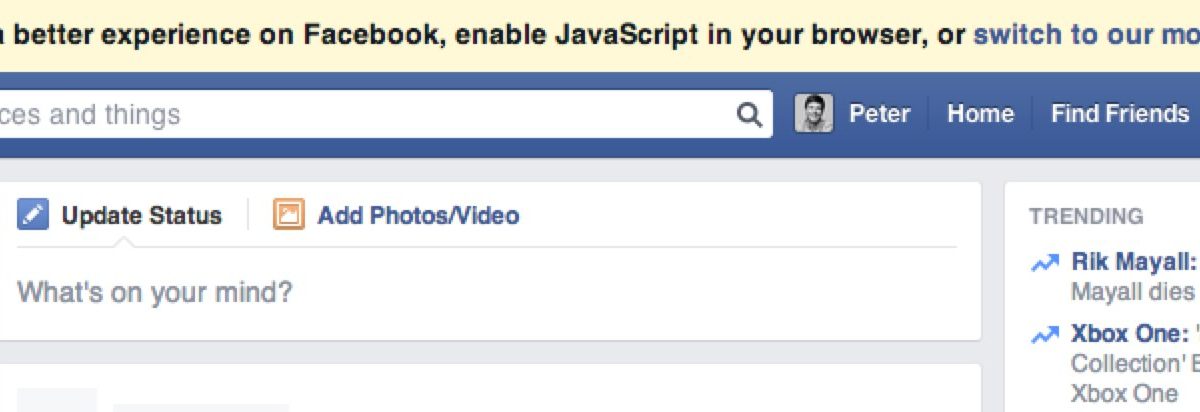John Allsopp had a rant on Twitter recently – as is his want from time to time – he was remarking on vertical rhythm tools around the web and his point boils down to:
why do all the vertical rhythm tools for web design use pixels everywhere? I wonder if anyone paid attention at all in class.
— John Allsopp (@johnallsopp) June 6, 2014
This speaks to me of a wider problem; web developers are forgetting the 90s.
The 90s’ website was a bad place, webmasters everywhere were starting web pages with the following:
<FONT face="Arial">
<CENTER>
<TABLE width=600 cellspacing=0 cellpadding=0 border=0>
<!-- ... -->
</TABLE>
<P>
Best viewed in Netscape Navigator. Click <A href="http://www.netscape.com/">here</A> to download.
</CENTER>
</FONT>From here, nested tables would be added further to control layout. All this was done without regard to the semantic meaning of the content. As any accessibility expert (or even amateur) can tell you, it was a nightmare to navigate with assistive technology.
As a professional webmaster, I’d often use further nested tables to control the order of the content. It wasn’t necessary, but I liked to do it.
The font tag, as described by W3 Schools, allows one to “specify the font size, font face and color of text”. It also mixes style with content, further clouding up the 90s’ website.
Back to the future
I fear the 90s’ web – as inaccessible and ugly as it was – is been forgotten. Some of the habits killed off in the last few years are returning as standard practices.
Sites are pointlessly relying on JavaScript to work. For some web apps, I can see why this is necessary but in many cases a non-JavaScript fallback could be built with relative ease.
Most visitors to a site will have JavaScript, but all it takes is a provider erroneously blocking the jQuery CDN or JavaScript to explode due to a missing semi-colon & your site is inaccessible.
It’s easier to calculate layouts with pixels, so that’s happening more and more (I’m guilty of this at times too). It’s easier, yes, but it’s takes control away from the user.
Using relative units allows a visitor to set their default font-size & for your perfectly proportioned site to adapt to that. It doesn’t take long for it to become second nature. If anything, the modern web – with its media queries – makes this easier than when relative units where more common earlier in the century.
The phrase that terrifies me most, however, is that all browser makers “should just use webkit“. Piss off, that’s exactly what shouldn’t happen.
It’s often some bright young thing suggesting this, someone who wasn’t around for the browser wars full of propriety feature battles and IE6’s eventual victory.
A single, dominant rendering engine stops innovation dead. If this happens again, the W3C working groups may as well shut down for an extended vacation while we developers bitch and moan about missing features.
The virtual monopoly in the browser space is the reason we didn’t have rounded corners and box shadows until minutes before they fell out of fashion.
The web is in a period of innovation, developers wanting to use the latest technology without fallbacks are setting themselves up.
Browser manufacturers make their products for the end user, by breaking the web we risk slowing down the introduction of new features in browsers. Browser makers will hesitate in an attempt to stabilise the web.
I’ve enjoyed the period of rapid innovation, don’t mess it up.

Leave a Reply